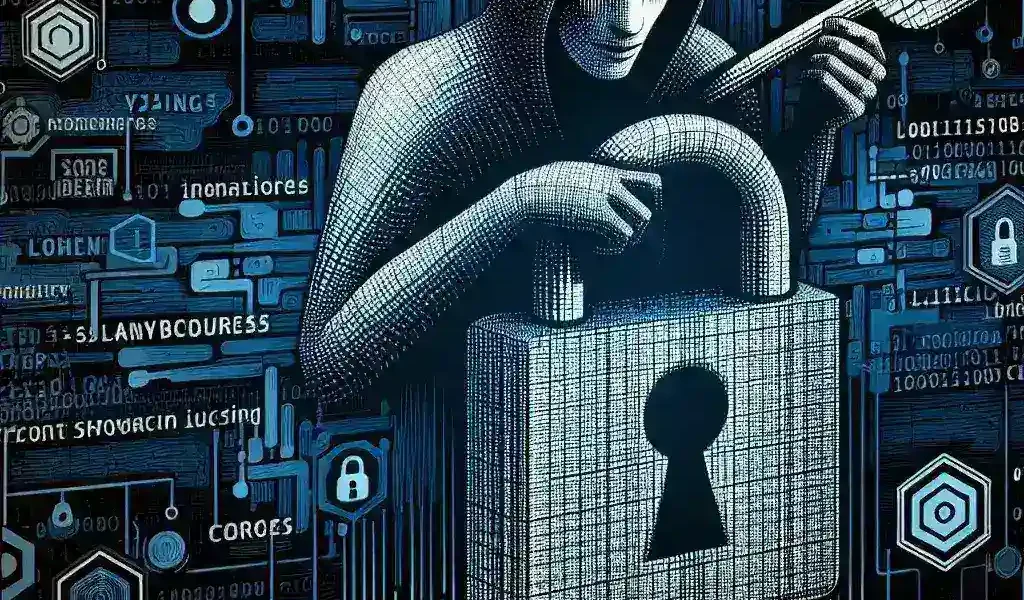How Hackers Manipulate Software Licensing to Bypass Restrictions
Introduction
Software licensing serves as the backbone of the software industry, protecting developers’ rights and ensuring that they receive compensation for their creations. However, the rise of cyber threats has led to an increase in attempts to manipulate software licensing, allowing unauthorized users to bypass restrictions and access software without proper authorization. This article explores the various tactics hackers employ to manipulate software licensing and the implications of such actions.
Understanding Software Licensing
Software licensing agreements specify the terms under which software can be used, distributed, and modified. These licenses are designed to protect the intellectual property of software developers and to clearly outline the rights and limitations of users. Common restrictions include limitations on the number of installations, prohibitions against reverse engineering, and requirements for license verification.
Common Software Licensing Restrictions
- License Keys: Unique codes that must be entered to activate the software.
- Digital Rights Management (DRM): Technologies that control the use, modification, and distribution of software.
- Trial Periods: Time-limited access to software features until a license is purchased.
- Activation Limits: Restrictions on the number of devices that can use a single license.
Methods Used by Hackers to Bypass Licensing Restrictions
Keygen Generation
Keygens, or key generators, are tools created by hackers to produce valid license keys without authorization. These programs use algorithms to mimic the generation process of legitimate software keys, allowing users to activate software without purchasing it.
Patchers and Crackers
Patchers and crackers modify the software’s executable files to remove licensing checks. By altering specific code segments, these tools can disable activation requirements or unlimited usage features, effectively unlocking the software for unrestricted use.
License Manager Exploitation
License managers oversee the distribution and validation of software licenses. Hackers exploit vulnerabilities within these systems to generate unauthorized licenses or to manipulate the license validation process, bypassing restrictions imposed by the software.
Reverse Engineering
Reverse engineering involves deconstructing software to understand its licensing mechanisms. By analyzing the software’s codebase, hackers can identify and exploit weaknesses in the licensing system, allowing them to create bypasses that render licensing checks ineffective.
Serial Number Generation
Similar to keygens, serial number generators create valid sequences that software recognizes as legitimate. These generated serial numbers can be used to activate the software without purchasing a valid license, enabling unauthorized access to full features.
DLL Injection
DLL injection involves inserting custom dynamic-link libraries (DLLs) into a running software process. These injected DLLs can alter the behavior of the software, including disabling license checks or modifying licensing parameters to bypass restrictions.
Memory Editing
Memory editing tools allow hackers to modify the data in a software program’s memory while it is running. By altering memory values related to licensing, hackers can trick the software into granting access despite invalid or missing licenses.
Impact of Software Licensing Manipulation
On Developers
Unauthorized manipulation of software licensing results in lost revenue for developers, hindering their ability to fund future projects and maintain support for existing software. It also damages the reputation of legitimate software developers, as piracy undermines their efforts to create and distribute quality products.
On Users
Users who leverage manipulated licenses risk encountering unstable software performance, lack of official support, and exposure to security vulnerabilities. These unauthorized copies often bypass important updates and patches, leaving users susceptible to malware and other cyber threats.
On the Software Industry
Widespread licensing manipulation erodes consumer trust and diminishes the perceived value of software products. The resulting decrease in legitimate sales can lead to reduced investment in software development, ultimately stalling innovation within the industry.
Preventative Measures
Software Developers’ Strategies
- Enhanced DRM: Implementing advanced DRM technologies to make unauthorized access more difficult.
- Regular Updates: Frequently updating software to patch vulnerabilities that could be exploited for licensing manipulation.
- Obfuscation Techniques: Using code obfuscation to make reverse engineering more challenging.
- Online Verification: Requiring online activation and periodic license verification to ensure ongoing compliance.
User Awareness
Educating users about the risks associated with using illegitimate software is crucial. Awareness campaigns can highlight the benefits of using authorized software, including security, reliability, and access to customer support, thereby reducing the demand for pirated versions.
Conclusion
The manipulation of software licensing by hackers poses significant threats to developers, users, and the broader software industry. By understanding the methods used to bypass licensing restrictions, stakeholders can implement effective strategies to protect their software and uphold the integrity of the software ecosystem. Combating licensing manipulation requires a collaborative effort between developers, security professionals, and users to ensure a sustainable and secure software environment.

